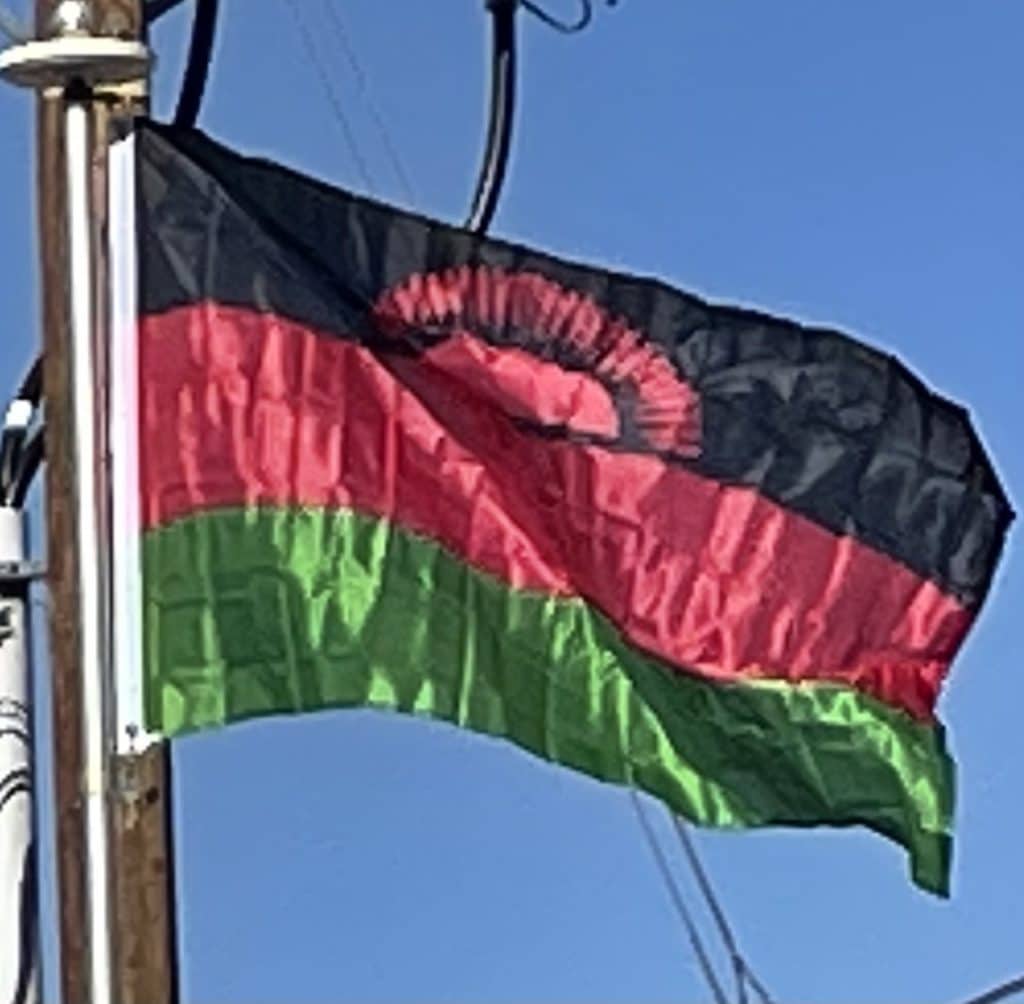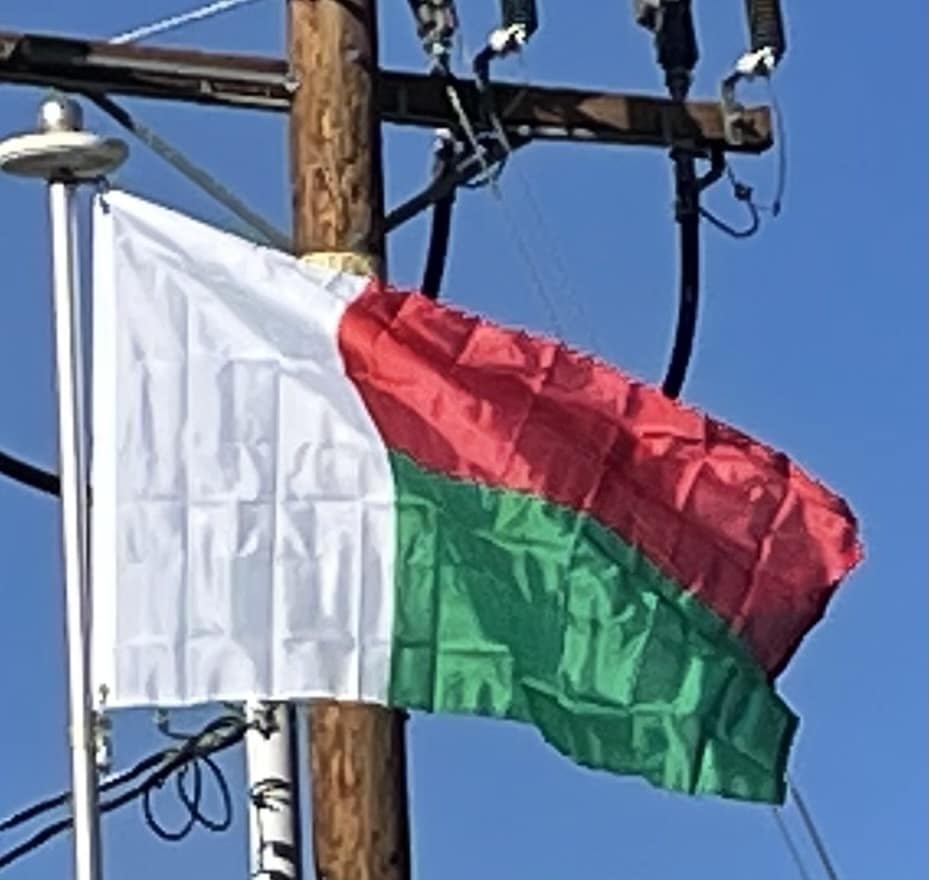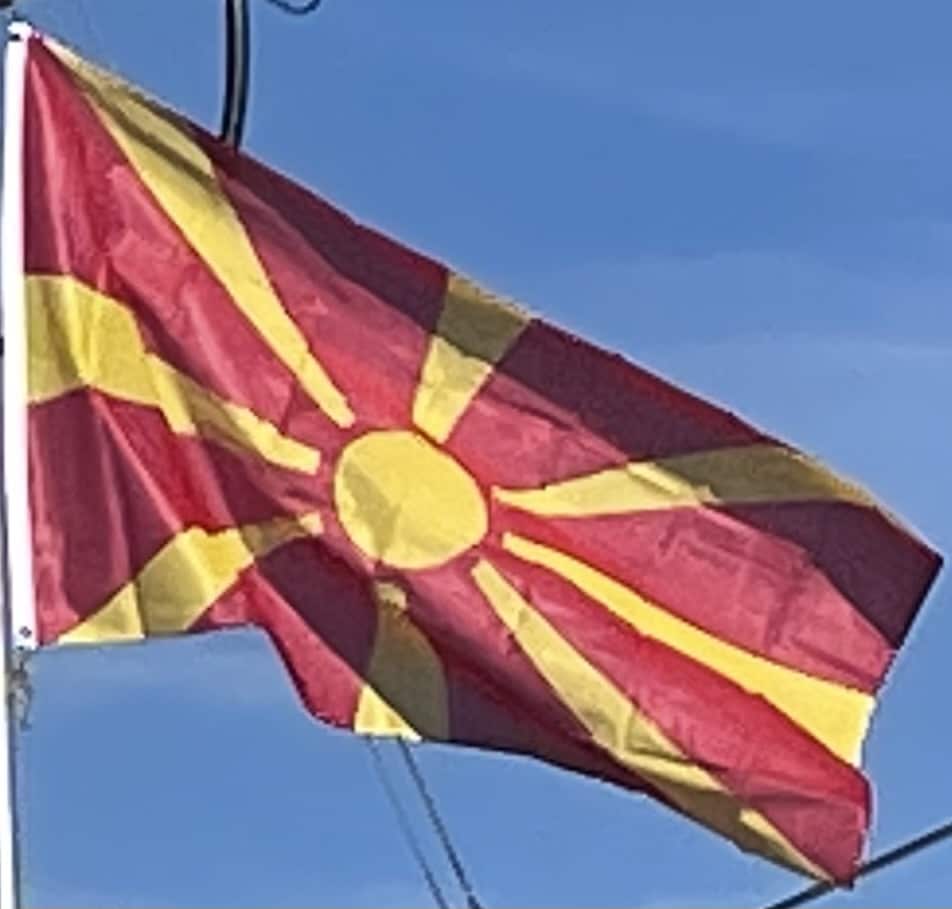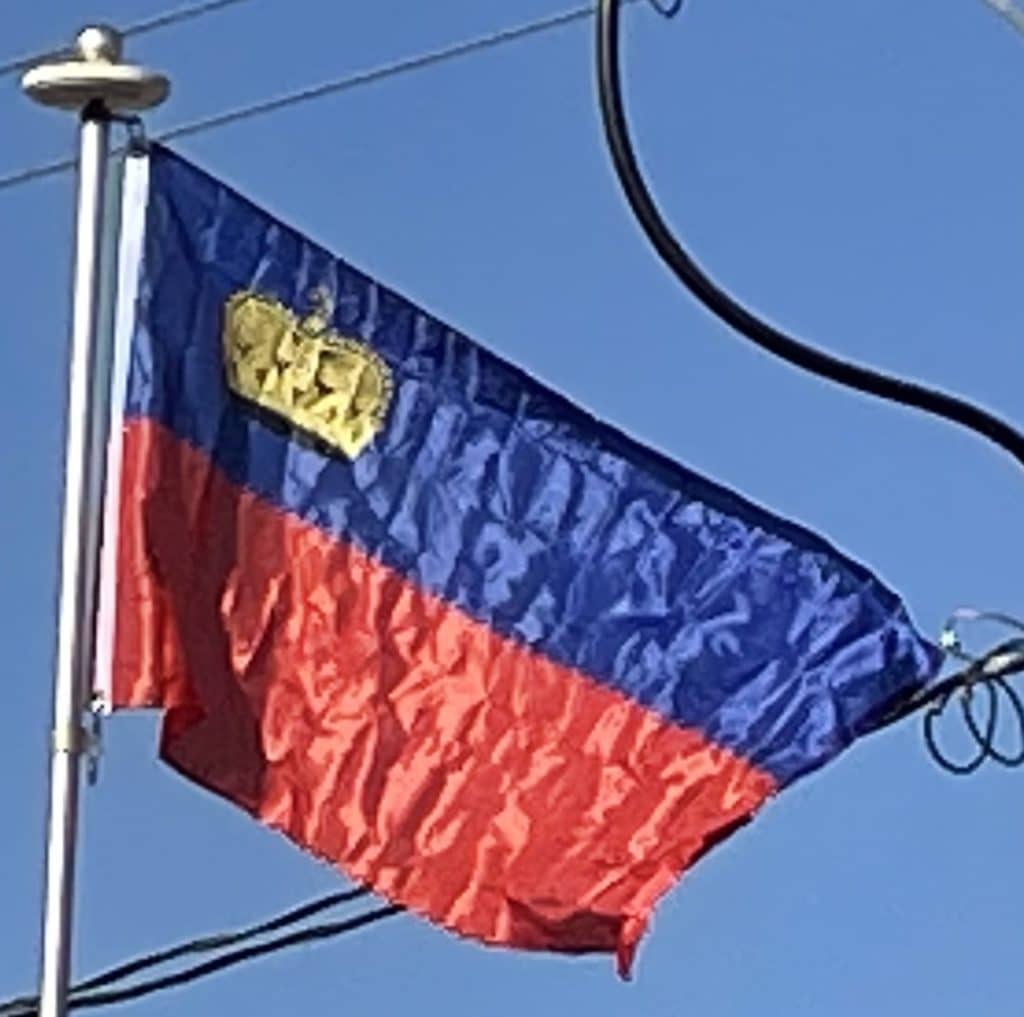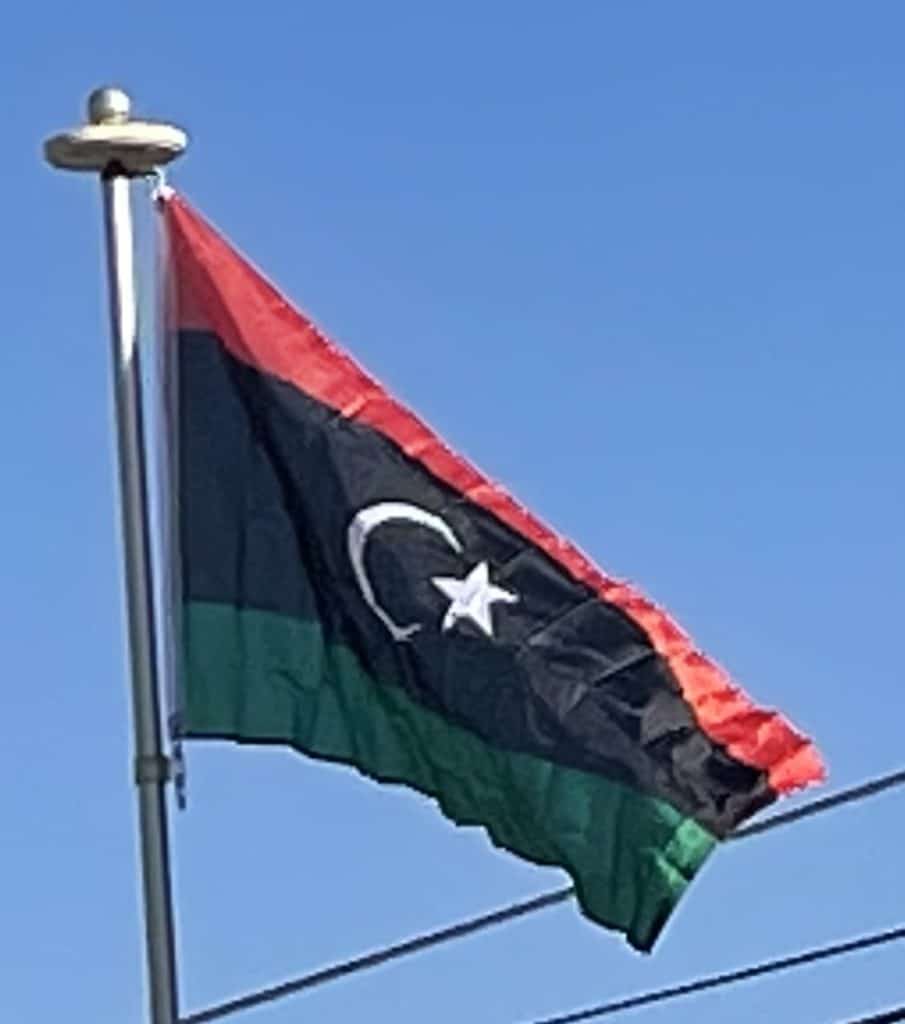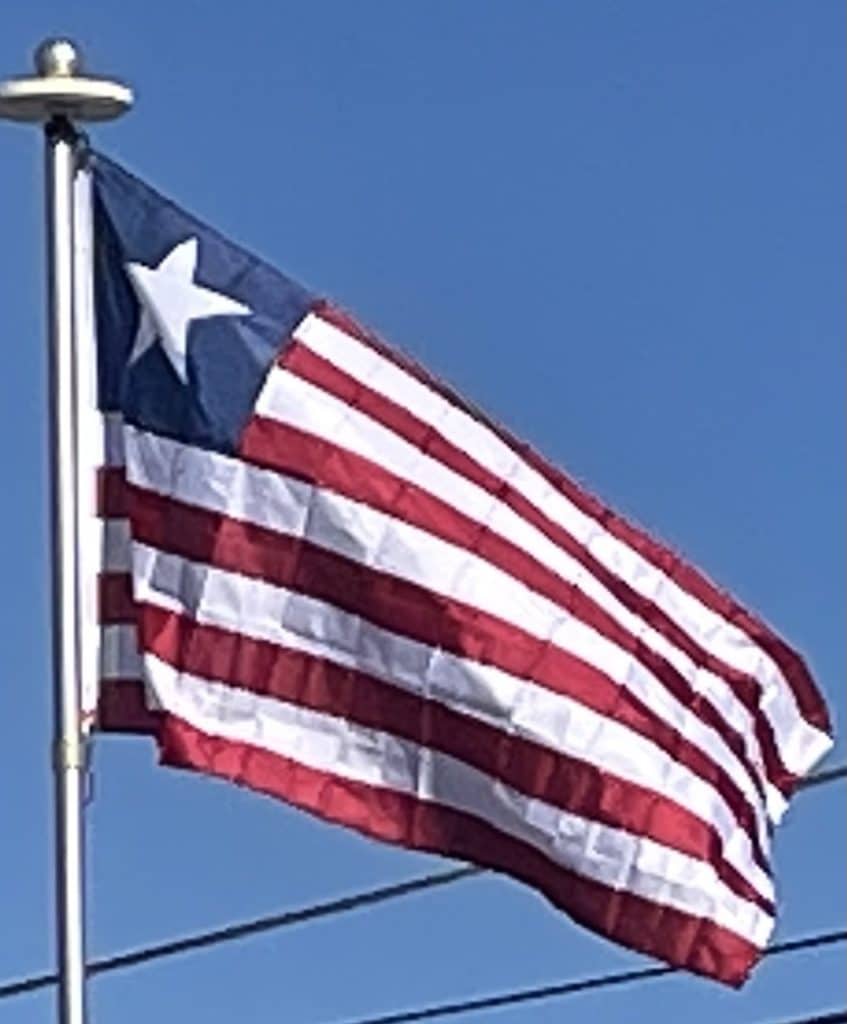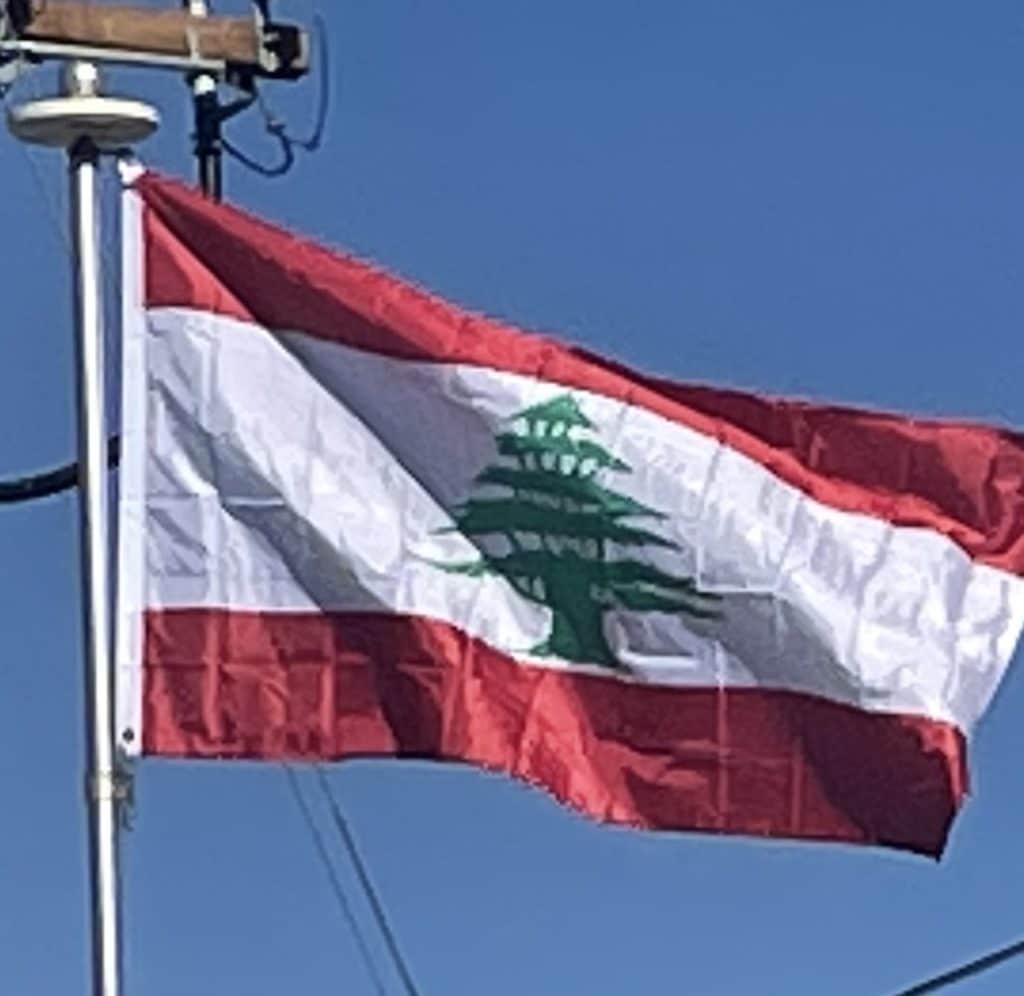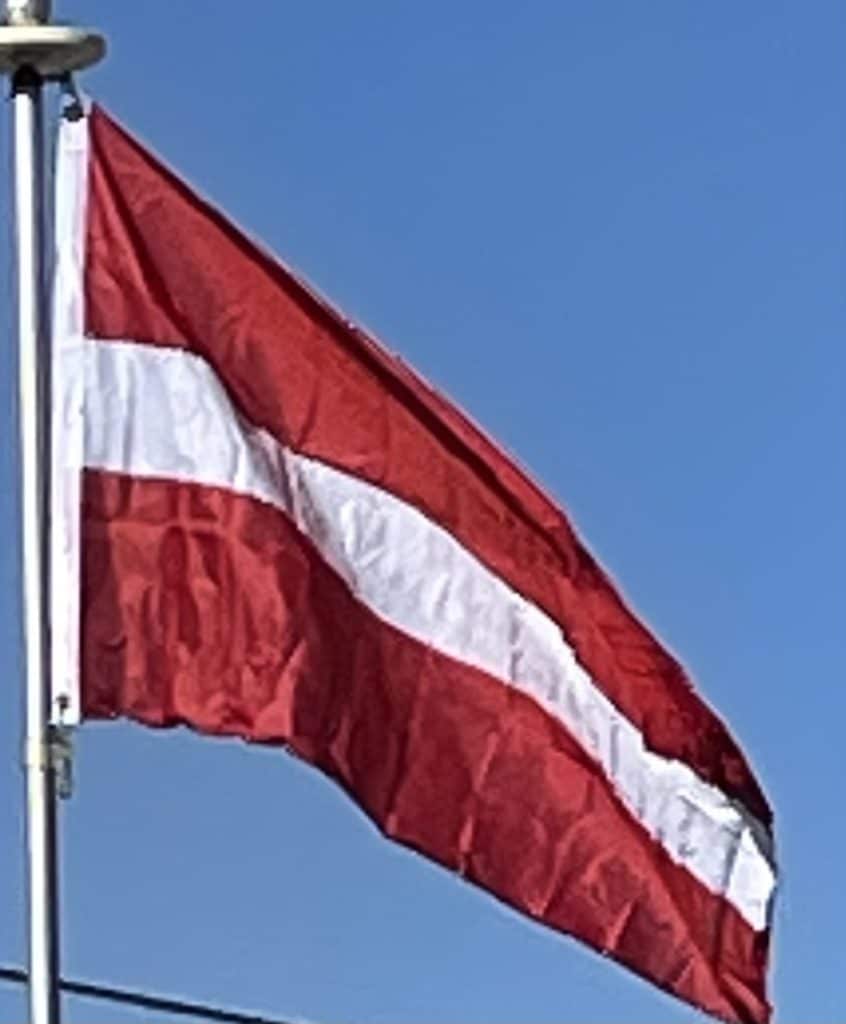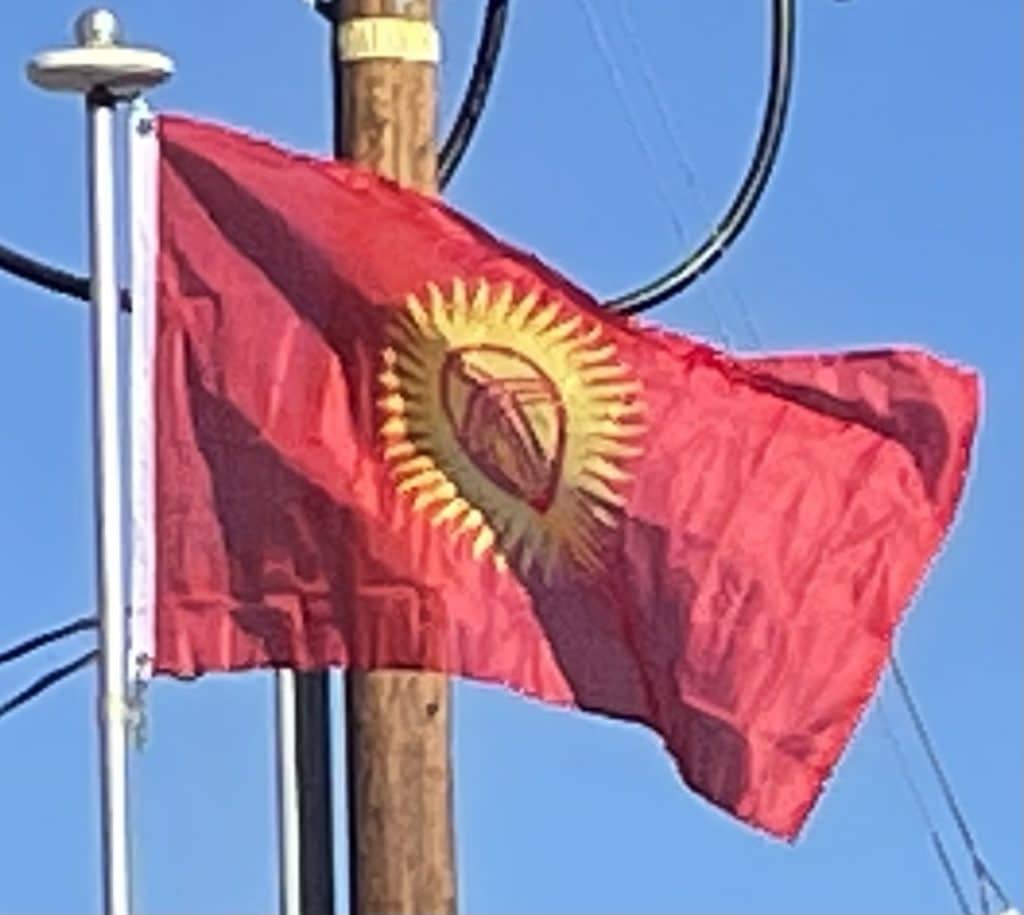Malawi
The first flag of independent Malawi was adopted on 6 July 1964. A rising sun against a black field is also present in the coat of arms of Malawi and in the flag it officially represents the dawn of hope and freedom for the continent of Africa (when the flag was created, more countries in Africa were gaining independence from European rule). The 31 rays of the sun represent the fact that Malawi was the 31st African nation at the time of its independence. The black represents the indigenous people of the continent, the red symbolizes the blood of their struggle, and the green represents nature. The flag resembles the Pan-African flag designed by Marcus Garvey’s Universal Negro Improvement Association, with the red and black bands reversed and a red sun in the top.
